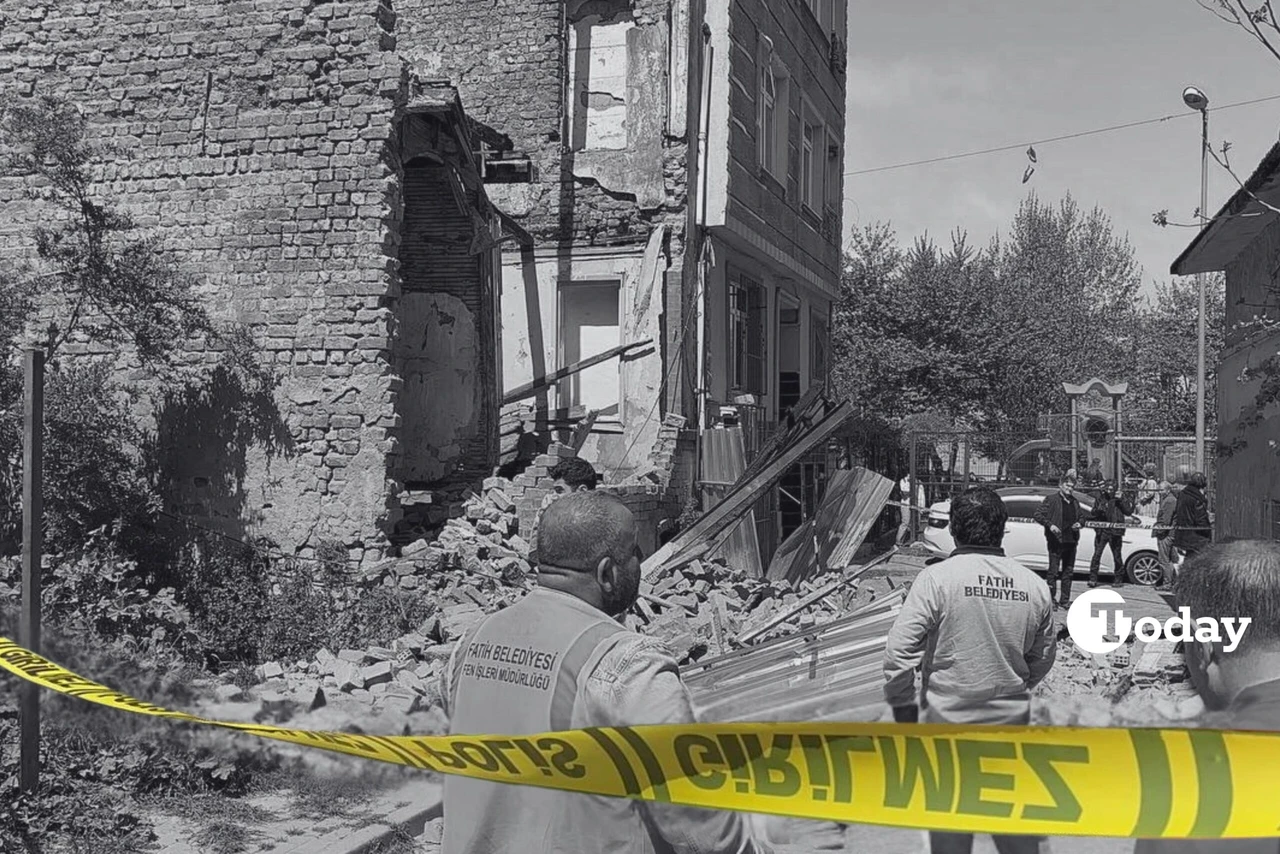‘Urban Panels’ project digitally preserves Türkiye’s architectural memory
 "Urban Panels" preserves the architectural memory of cities, Türkiye, August 18, 2024 (AA Photo)
"Urban Panels" preserves the architectural memory of cities, Türkiye, August 18, 2024 (AA Photo)
Architectural structures in Türkiye featuring ceramic, relief, and mosaic panels from the 1950-90 period are being digitally preserved through the “Urban Panels” project, initiated by art historian Nurtac Buluc.
By compiling these works, which reflect the cultural memory of the era, Buluc provides an invaluable resource for researchers and art enthusiasts.
‘Preserving art and architecture’
Art historian Nurtac Buluc explained to Anadolu Agency that her interest in ceramics and mosaics sparked the idea for the project.
“Architecture and art are integral parts of our lives. We aimed to document these structures to preserve the cultural memory of the period. In addition to digital archiving, we are also narrating the stories behind these panels and sharing them on social media,” she said.
Buluc highlighted that the project is multi-layered, involving not only digital archives but also academic publications.
“Our goal is to publish the data we have on our website to satisfy researchers’ curiosity and to prevent these works from being forgotten, even if they physically disappear,” she added.

Nearly 500 panels from 18 cities digitally archived
The “Urban Panels” project focuses on online archiving art pieces found on architectural structures across 18 cities in Türkiye between 1950 and 1990.
The project has digitally preserved nearly 500 panels, using newspaper archives, architecture magazines, and photos submitted by art enthusiasts.
“When we started the project, we didn’t have a professional team. Our aim was to share the data we had on a basic website, making it accessible to researchers. For instance, our archive includes works by artists like Bedri Rahmi Eyüboğlu and Füreya Koral,” Buluc explained.

Efforts to increase visibility of artworks
Buluc also discussed the challenges faced during the project, particularly the need for permission to photograph in private and public buildings.
“During documentation, some residents are concerned that having these artworks on their buildings might complicate urban transformation processes,” she noted.
She also mentioned that urban transformation and other factors have led to difficulties in locating some artworks.
“In one case in Izmir, a ceramic panel in a hotel’s elevator was damaged during renovation, highlighting the need for quick documentation,” Buluc said.
Nurtac Buluc expressed her intention to expand the “Urban Panels” project further. She mentioned conducting interviews with second-generation artists who created ceramic panels in Izmir, with plans to archive these interviews to contribute to the history of contemporary Turkish ceramic art.



